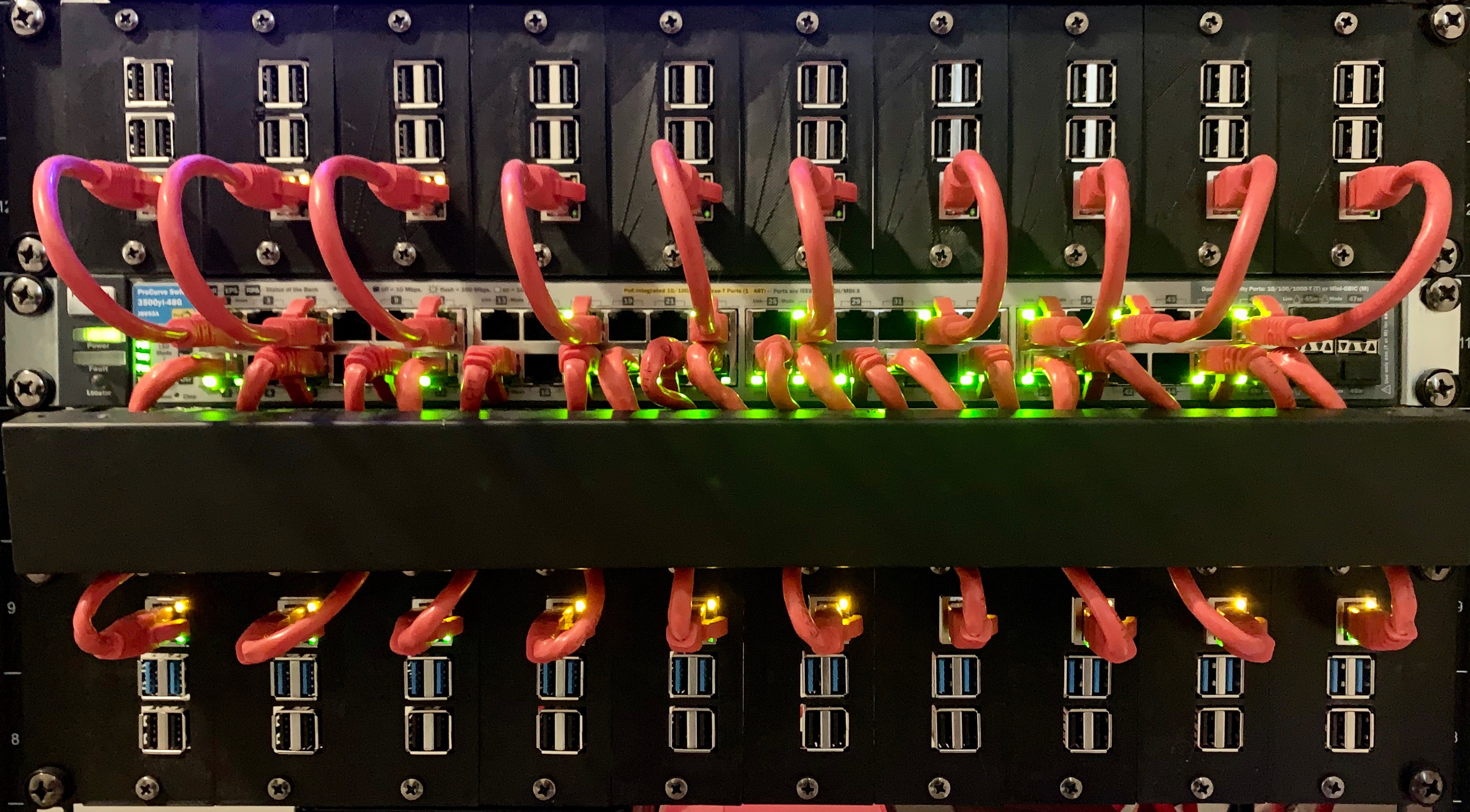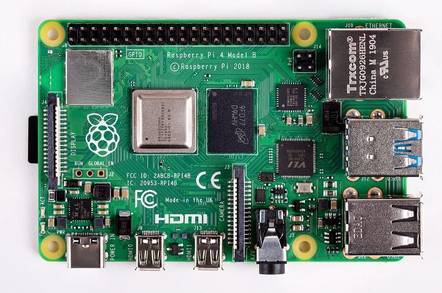I’m sure a lot of you have seen my previous post “My Humble Homelab (With Raspberry Pi Rack)”.
I’ve made a few big changes to my server rack since that post so I thought I’d share. Most notably, I’ve gotten rid of my 2 Dell R710 enterprise servers and replaced them with…10 Raspberry Pi 4 Model B.
Below is a table explaining in order, exactly what I’ve got in the rack now.


